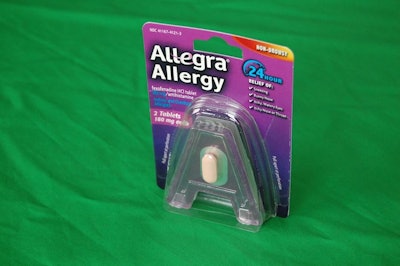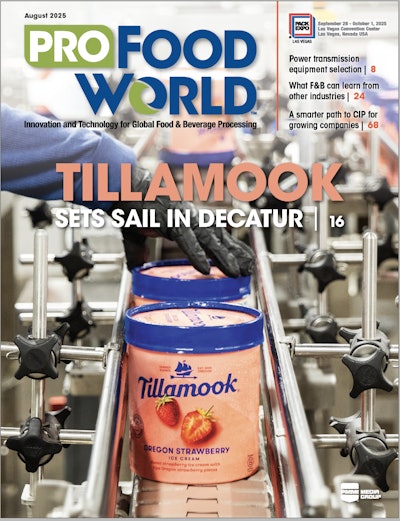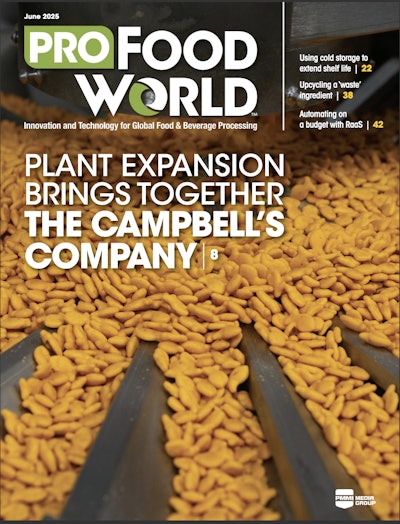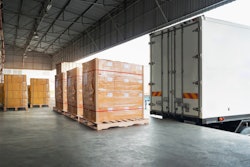Sad to say, there are still many new brand developers that put off key packaging decisions until very late in the game. This can be a big mistake for many reasons outlined in this Playbook, but especially for packages that will “show off” the product at retail.
First, let’s get the terms straight:
• A “clamshell” pack is a fully plastic shell sealed at the edges. It’s one of the most robust retail packages, but it has its drawbacks. It’s good for very heavy products, and you do not need to seal a card to a blister, the card is trapped inside the clam. Rightfully so, clamshells are perceived as being very difficult—sometimes dangerous—to open. But they are very secure from a pilfer-resistance perspective.
• A “trapped” blister pack has a front and back card with a blister trapped between. The package presents a clean look but can still be difficult to open. A well-designed, easy-open die-cut in the back of the card is often used to temper consumer frustration. This format is good for heavier products to ensure that the blister stays fixed to the card through shipping and handling. Ideally, there should be some card-to-card sealing along the edges of the trapped blister.
• A “face-seal” blister pack has only one card, so it needs about a 7-mm flange to seal the blister to the card. The lower cost allows for greater flexibility in size and configuration and faster speed-to-market, but it is not an advisable format for heavier products.
• A “full-face-seal” blister pack has a blister that extends to the edges of the card and is sealed to the card, at least around the perimeter. If the card has a large header above the product, the blister should have a shelf or ridge or raised area designed in to provide rigidity to the structure. A large flat area of plastic sealed to the card could result in curling or bending of the card. This design is good for heavier products. It provides a larger seal area than a face-seal blister. It also reinforces the keyhole because the plastic can extend around the keyhole and be die-cut.
• A “full-card” blister pack extends the blister all the way to the edges of the card, and then wraps around the edges to the back of the card. However it is not sealed to the card. The card could be stapled or attached to the blister in some other way. This allows for stronger pegging and more support for heavier items, but the high plastic content may make it more expensive.
Here are some pointers to hit the ground running with display packages:
1. Know the source of the directive. The decision to go with display packages often comes from the brand owner, and from the top down. It’s also often retailer-driven because the packages are very versatile. Retailers can put more product on shelf, or on pegs, and they can display them in different areas of the store. But avoid open-ended input into the design direction, and avoid vacillating on your commitment to a final format. It’s important to have a clear vision for how the product will be presented on shelf. Understand your options early, and all the potential pitfalls.
2. Appreciate retail trends. Always try to align the size of product with the size of the space on shelf where it will be sold most frequently. It may be counterproductive to always try to one-up the competition by making them look small by comparison. Take into account all the costs, including tooling, assembly, equipment, and shipping. Sustainability-wise, it’s typical to have a 20% reduction in materials moving from clamshells to trapped blisters.
3. Determine exact pilfer-resistance needs. Find a compromise between pilfer-resistance and consumers’ ease of opening at home. One thing to consider is that the once very-high pressure from retailers regarding pilfer-resistance has decreased, to a degree, partly driven by sustainability initiatives. The level of pilfer-resistance required depends heavily on how the package will be merchandised. Also find out the exact size parameters that are allowable on-shelf, on-peg, in endcaps, or in POP displays.
4. Align goals from different departments. Realize that there are compromises between marketing expectations, product presentation, and pilfer-resistance. Know what you don’t know. Consult suppliers up front, so you can eliminate late changes from the equation. Switching vendors at the last minute can be very costly both in money and in time. Try to engage the consumer in a number of ways. One way to add marketing information to a clamshell is to use a wide paperboard outer wrap, or even a windowed carton.
5. Expand the meaning of visibility. Visibility is an expanding consumer value. But visibility is also valuable in production and distribution. You can inspect that the product inside is still intact, you can inspect the seals, you can inspect for dirt, and it’s easier to troubleshoot production through verification and integrity confirmation. Visibility also implies product interaction—consider “Try Me” holes in the blister or clamshell, which can be an important trigger in impulse buying.
6. Learn about consumer biases. Many consumers equate clamshells with “wrap rage” and difficulty with opening. If the sharpness of the hard plastic doesn’t get them, they’re afraid of bringing out the scissors as well. Any help in directing consumers in how to open the package can make a connection. But consumer expectations are situation-specific. In some categories, heavier packaging can convey higher value. And be careful to not cut corners that might make the package look or feel “cheap” to some shoppers. If a high-end or more-sustainable package costs more, be aware that consumers may suspect the cause of the retail cost difference, and not pay the premium.
7. Sweat the details. The face-seal format is the lowest cost, but be careful of grain direction. An “across” grain is usually better structurally, but the board might warp over time or during shipping. Trapped blisters are more durable for shipping, but harder than face-seal for customers to open. Remember that the flange doesn’t have to extend to the edges of the package, but instead can seal card-to-card. Clamshells can hold large products with only a 1- to 2-mm flange, so the package can be only slightly larger than the product. And explore the pros and cons of new clamshell seal technologies, such as “cold seal,” that are alternatives to the common RF seal.
8. Mind your peg holes. If product is to be pegged, you need to make sure the keyhole is strong enough for repeated tugging. One way is to reinforce that area by folding the top of the card over and then gluing it. Another trick is to apply clear tape to the back of the card before die-cutting the keyhole. Also, it has been proven that a delta, or rounded triangular hole, can be stronger than a common circle. One guide is that the “pull strength” of the peg hole should be 12 times the weight of the product.
9. Sell up. Understand all the decoration capabilities available. Printing on plastic has improved, and it’s one of the easiest ways to “sell-up” shoppers to more premium options. Take advantage of the “mass-tige” packaging trend that has been able to create demand for an affordable luxury experience. But never underestimate your consumers; they are smarter than you think. Another strategy is to invest in “semi-custom” packaging by using custom thermoformed inserts inside stock shells. That way, smaller quantities are not prohibitively expensive to source and stock.























